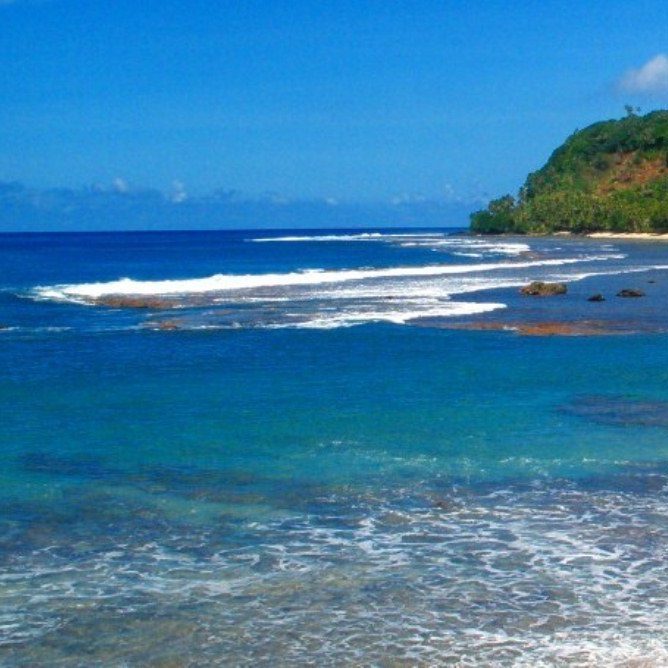Faletoi Uso, minister of CCCAS Vailoatai Parish for the last 39 years, and main Scholar for the Vailoatai Program presented a Samoan welcoming of honored guests. After prayer service, a presentation of gift items (sua fa’aaloalo) guests.
Group activities started off with a speech by the main Scholar emphasizing the importance of knowing exactly why Samoan people have been dancing and singing in the way they did in the past and in the present. To him, there was and still always earning in whatever the Samoan people do with their dances and songs. The meaning or meanings, therefore, were always embedded in the movements of the whole body in the dances and in the words of the songs. All these important aspects were for the sole purpose of improving ones dancing and singing skills, whilst at the same time improving one’s own awareness of Samoan life holistically. Not just one but many elements of life pertaining to its full appreciation and being mindful of the many God-given blessings that comes with it on a daily basis. Throughout the many kinds of dances and songs that the Samoans have created and composed ever since time immemorial, lessons about life, its significance and fragility were always embedded in them. Lessons about fishing, hunting (e.g., pigeon snaring), weaving, elei, ula making, and games like taga ti’a, taulafoga and others, were more often taught through Samoan singing and dancing. The young people of today must not lose sight of the main thoughts behind the dances and songs that were originally created and composed by our forebears. It was through those songs and dances that the history of Samoa was transmitted through the many generations that we are able to withstand the tests of time in this God-given land of ours.
Fatu sau ula, lagi sau pese for the Ma’ulu’ulu Dance, literally, to fetch an ula and compose a song for such a special dance means the movements of the whole body in the dance and words of the song must go hand in hand/synchronized – which means everything must be in harmony with one another. Taga o le vao, taga o le sami, and taga o le ‘ele’ele, literally, movements of the forest, the sea, and the land must always be complementary to one another. Life is all about a rhythm of dance movements, words of songs – about the forest, sea, land, and lovers.
In the First Scene, Ma’ulu’ulu or Synchronized group dancing — pese/song in perfect rhythm and harmony with the movements of the whole body, the ladies with their graceful movements of the body and the gentlemen with their own dancing in the background.
Second Scene, Fa’ataupati and Sasa– This is also another form of dance performed on a fast and medium fast pace. Everyone must follow the beat of the drum or patē. This is one the most interesting group dances that we, Samoans of old and in the here and now, would love to watch all the times whenever it is performed by a professional dance group. Its rhythmic style together with the synchronization of the body, head and hand movements can be a real exposé of the art of dancing at its highest level.
Lastly, the third Scene, Taualuga. In any Samoan entertainment there’s always a climax or highlight at the end. We call it, the taualuga, or literally, the top or pinnacle of a house. This final phase of any Samoan entertainment would allow guests as well as the local family and village folks to see the taupou, literally, virgin or the daughter of highest chief of the village or that of the faife’au or minister to do the final dance whilst everyone else sings the final song. In olden times, the highest village chiefs were also accorded the honor to perform the final dance.
